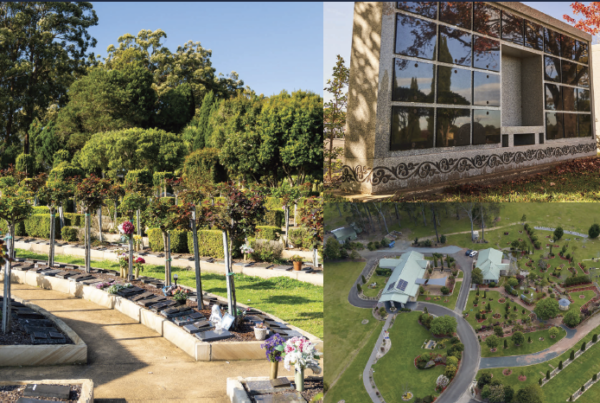As the elderly population grows and resident acuity levels increase, your long-term care facilities may be experiencing an increased demand for care.


With cost constraints and higher resident-to-caregiver ratios, it’s more important than ever to have diagnostic equipment you can count on for your facility. As we age, we are at increased risk of acquiring pneumonia and/or a UTI. This is particularly true for residents in long term care. Early identification of clinical deterioration is key to intervening for serious conditions like sepsis. However, early indicators can present subtly, making detection difficult and subjective. The use of automated early warning scores can help provide the timely decision support clinicians need to respond to patient changes right at the bedside. Accurate, automated vital signs solutions can save time and help improve the accuracy of your residents’ information.
In Australia the proportion of adults with uncontrolled high blood pressure increased with age – from 10 per cent or less among 18-34 year-olds to a peak of 47 percent at age 85 and over. Acquiring an accurate blood pressure reading can be challenging for clinicians that work with geriatric patients, along with those in pain or discomfort, sitting still in the recommended position may not always be feasible. Any motion (voluntary and involuntary) during measurement can cause repeat readings and impact the acquisition and accuracy of blood pressure readings, which consume precious clinician time and may affect clinical decision-making.
Averaging multiple blood pressure readings can help provide a more comprehensive look at your patient’s heart health. It also allows you to consider anomalies like white-coat hypertension, variations in measurement technique and other factors that can impact an accurate reading.
With noticeable differences between individual readings, relying on a single blood pressure measurement can result in misdiagnosis and delay the treatment regimens your patients may need. Measuring and averaging at least three or more blood pressure readings can help provide a clearer picture of your patient’s blood pressure status, helping you diagnose, treat, and manage hypertension with confidence.
Capturing a full set of patient vitals serve as a basic communication tool about patient status.
Research suggests that the signs and symptoms of clinical deterioration can be detected as early as six to eight hours before an event or arrest. However, physiological signs and symptoms of clinical deterioration can be difficult to detect in early stages.
Adding complexity, there are often several signs or symptoms that, when present together, can indicate the onset of a condition far more serious than what may be diagnosed by looking at the signs or symptoms individually. Connecting the dots to see the complete picture becomes vital to enabling faster, more informed decisions on providing care.
An automatic vital signs device, one that can consistently provide accurate readings on various patient populations, has beneficial implications for movement-prone patients.
Therefore, standardising your Aged Care facility with an automated vital signs device can help provide efficiencies and improve the quality of patient data. The WELCH ALLYN® CONNEX® SPOT MONITOR was designed for simplicity and ease-of-use, to deliver accurate, automated vitals in one user-friendly solution. The device could help enhance productivity and patient outcomes by capturing a full set of patient vitals in less than a minute.
The Welch Allyn Connex Spot Monitor with SureBP technology performed favourably on difficult-to-measure patients, providing a high rate (93 percent) of first-time readings with strong clinical accuracy.
The device also includes blood pressure averaging on the home screen—allowing the nursing staff to take and average multiple blood pressure readings with one touch—for improved hypertension diagnosis, treatment and management.
For Early Warning Scores that capture and calculate a score at the bedside, customise up to 3 scores on the same device, in line with your facility guidelines. Caregivers can document and track signs of clinical deterioration and make informed patient care decisions quickly.

ALWAYS READ THE LABEL AND FOLLOW THE DIRECTIONS FOR USE
AUTHORISED AUSTRALIAN SPONSOR Welch Allyn Australia Pty. Limited Suite 4.01, 2 Lyonpark Road, Macquarie Park NSW Australia 2113.









